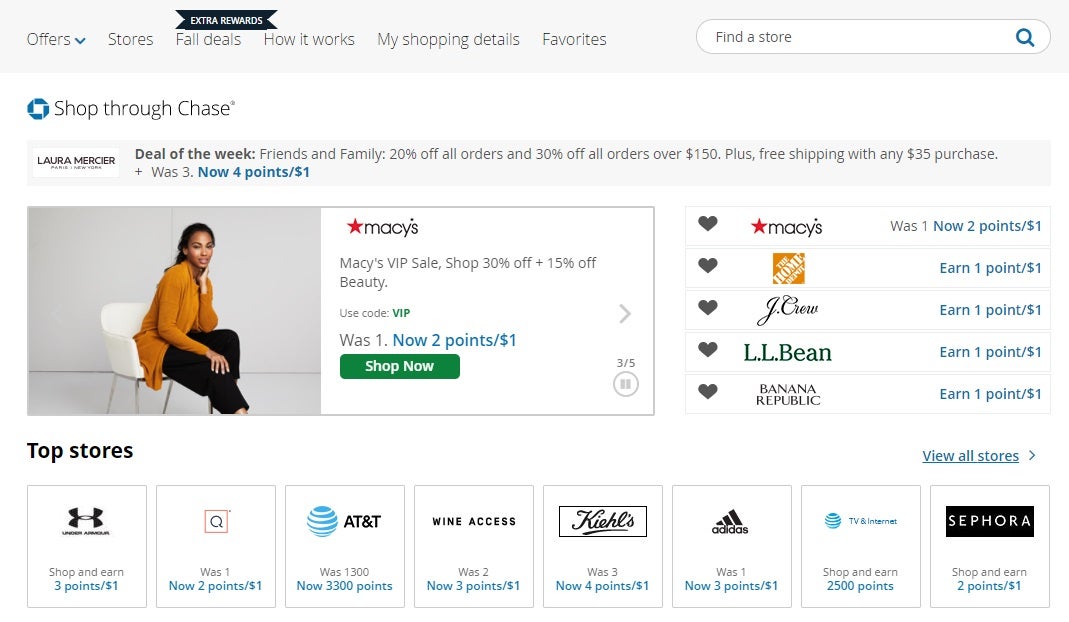Caroline Lupini
Former Content Contributor
15 Published Articles
Countries Visited: U.S. States Visited:
As a nearly full-time traveler, Caroline has mastered the ins and outs of maximizing airline miles, hotel points, and transferrable point currencies. Her work has appeared in Business Insider, Forbes,...
Edited by: Keri Stooksbury
Keri Stooksbury
Editor-in-Chief
40 Published Articles 3358 Edited Articles
Countries Visited: 50U.S. States Visited: 28
With years of experience in corporate marketing and as the executive director of the American Chamber of Commerce in Qatar, Keri is now editor-in-chief at UP, overseeing daily content operations and r...
& Kellie Jez
Kellie Jez
Director of Operations & Compliance
6 Published Articles 1193 Edited Articles
Countries Visited: 10U.S. States Visited: 20
Kellie’s professional experience has led her to a deep passion for compliance, data reporting, and process improvement. Kellie’s learned the ins and outs of the points and miles world and leads UP’s c...








![How To Earn 100k+ Chase Ultimate Rewards Points [In 90 Days]](https://upgradedpoints.com/wp-content/uploads/2023/01/Chase-bank-branch-new-york.jpeg?auto=webp&disable=upscale&width=1200)
![19 Best Ways To Earn Lots of Chase Ultimate Rewards Points [2024]](https://upgradedpoints.com/wp-content/uploads/2020/01/Chase-Sapphire-Reserve-Upgraded-Points-LLC-Large-6.jpg?auto=webp&disable=upscale&width=1200)
![Chase Ultimate Rewards Transfer Partners and How To Use Them [2024]](https://upgradedpoints.com/wp-content/uploads/2018/09/Emirates-First-A380-3.jpg?auto=webp&disable=upscale&width=1200)
